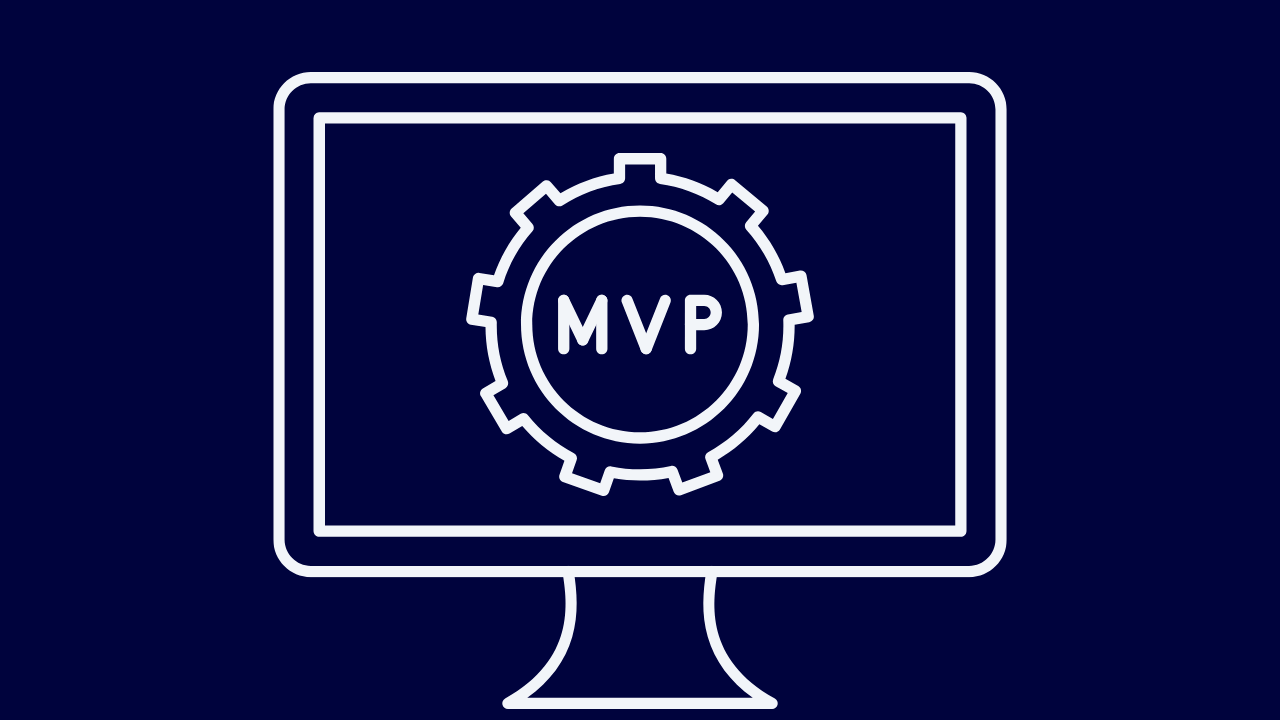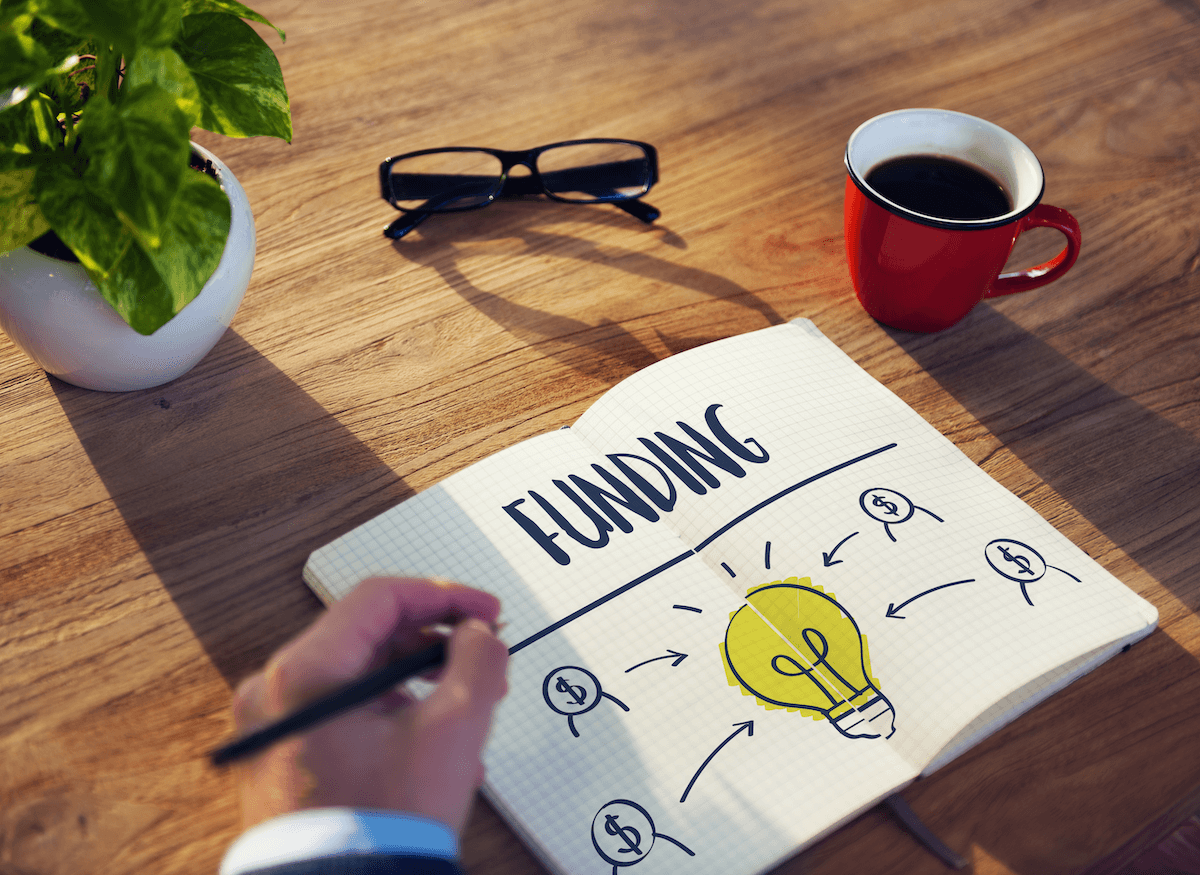A startup’s growth is often marked by its progression through key funding stages. While not every successful startup needs to go through all funding stages, each “series” of funding marks an update in the company’s valuation and future potential. These startup funding rounds are the key milestones in the lifecycle of an investor-backed company:
- Pre-Seed
- Seed
- Series A
- Series B
- Series C (and beyond)
- Public (IPO) or “Exit”
Each startup stage of funding is designed to boost the business into a new growth stage.
Rounds of Startup Funding
There are several sources of startup funding to consider, but progressing through formal financing stages generally means looking to angel investors and venture capital (VC). Every business follows its own path to financing, but the most prescribed one goes through five startup funding stages.
1 – Pre-Seed

The pre-seed stage is so early that some don't consider it one of the true startup funding rounds. The company might be nothing more than an idea during the pre-seed funding stage.
Why companies seek pre-seed funding: pre-seed funding is useful if building your prototype, proof of concept, or minimum viable product requires capital resources, such as expensive hardware or technological investments.
The average amount of pre-seed funding is less than $1 million.
The average pre-seed startup valuation is under $3 million.
Sometimes the pre-seed valuation and raise are significantly lower, especially if the founders use their money or money from friends and family. The more developed the proof of concept is, the easier it will be to get more significant funding. At this stage, the founders need enough money to start operations and explore product-market fit.
2 – Seed
In the seed stage, a startup should have a minimum viable product (MVP) or at least comprehensive prototypes. The most common sources of seed funding are angel investors, small venture capital firms, and crowdfunding. Even at this early stage, potential investors often look for something functional to see how the idea will solve a problem in practice.

Why companies seek seed funding: A seed financing round should help a startup launch the product, build a staff, and penetrate a market. Seed funding allows the startup to get traction with target users or consumers until the business can generate revenue to support itself.
Average seed funding rounds raise $2 million to $3 million for startups with valuations from $3 million to $10 million.
3 – Series A
By Series A, a startup is expected to provide preferred stock to investors, which means looking toward venture capital financing. Beyond VCs, accelerators and super angel investors might get involved in this growth stage. At this stage, different industries and company histories will determine how much money is expected from a Series A.
The average Series A fundraising round will likely produce $5 million to $15 million of capital.
The typical valuation of a Series A startup is anywhere from $10 million to $30 million.
Note: In recent years, valuations of tech companies have grown much higher than these averages.
To maximize its outcomes, a Series A startup should have its core team in place. Venture capitalists want to see that the business model is working and that the business is scalable. The funds raised in this round are intended to drive later stages of growth, such as continued scaling and further product development.
4 – Series B
Depending on a startup’s trajectory, it may progress through Series B. As a company goes through Series B, the pool of potential investors is likely going to comprise of late-stage venture capitalists, private equity firms, hedge funds, and banks.
The average Series B company might raise $10 million to $30 million of capital and have a valuation of $50 million to $100 million.
A startup should continue to scale successfully and build market share in the later stages of VC financing. It should have a sufficient staff of talented employees to help it outpace and outlast the competition. This type of expansion is what helps a startup become a public company.
4.5 - Series C (and beyond)
Series C, and additional rounds like Series D and so on, are there to help finance key business and growth goals of a company. Ideally, a company should find itself on the path to an initial public offering (IPO).
By Series C, a company is likely looking to raise more than $50 million, and is worth more than $100 million.
At this late stage, continued rounds usually are only necessary if a startup needs to continue raising in order to reach new goals. Otherwise, the focus is on “going public.”
5 – Public (IPO) or “Exit”

By the time your startup gets from pre-seed to its IPO, the company is likely worth more than $500 million. It should have multiple products or revenue streams to generate more than $100 million in revenue. At this point, the startup has made it through the venture capital gauntlet and come out on the other side, where it can prepare to “go public” meaning accept the general public as potential investors through listing on a public stock exchange.
In preparation to go public, the startup finishes building a complete team, emphasizing continued growth. Because members of the public will be investing, market sentiment is crucial. Financial statements are a vital driver of market sentiment, so the company must be able to show stable growth. Corporate governance impacts market sentiment, too, so the business needs managerial standards and practices that can stand up to scrutiny.
But going public is not the only “exit” strategy for a startup. Many companies get acquired by other companies, meaning they are sold for an amount based on their value. Acquisition represents an alternative “exit” for some startups. Acquisitions can also happen at any point during the startup journey, prior to any of the aforementioned funding rounds.
If you are a startup founder or an employee, the question of whether it is better to IPO or get acquired depends on what you think will best serve your company’s ultimate goals. Like the decision to even seek funding in the first place, decisions to further the business should be justified by the strength of the product and its demand in the market.
Should You Get Funding for Your Startup?

The startup funding stages described above indicate a common path from pre-seed to IPO, but there is no set timeline a business must follow. Here at Bubble, for example, we elected to bootstrap for years before pursuing a formal funding round. Building our product before seeking funding gave us something functional and useful to present to investors.
Many founders now use Bubble for the same reason. A functional, working product is more compelling to most investors than a written spec doc or slide deck. Before you pursue funding — or even when you receive funding but don't want to burn through it — no-code and low-code solutions can reduce your dependence on financing as you grow. To see how startups earn more funding while spending less, check our showcase of no-code apps built on Bubble.
About Bubble
Bubble is a leader in the no-code movement. Bubble offers a powerful point-and-click web editor and cloud hosting platform that allows users to build fully customizable web applications and workflows, ranging from simple prototypes to complex marketplaces, SaaS products, and more.
Millions of users are building and launching businesses on Bubble — many have gone on to participate in top accelerator programs, such as Y Combinator, and even raised $365M in venture funding. Bubble is more than just a product. We are a strong community of builders and entrepreneurs who are united by the belief that everyone should be able to create technology.




